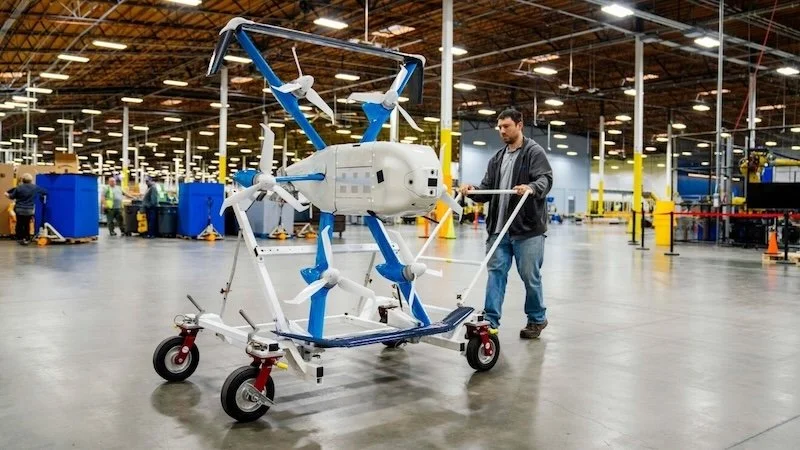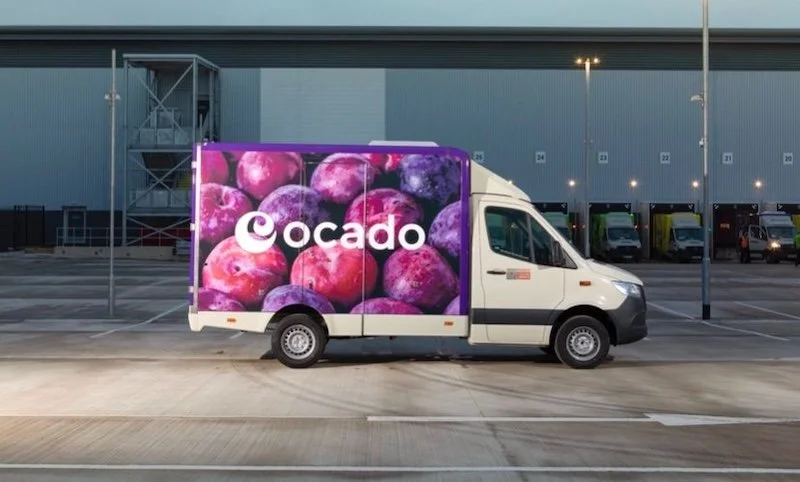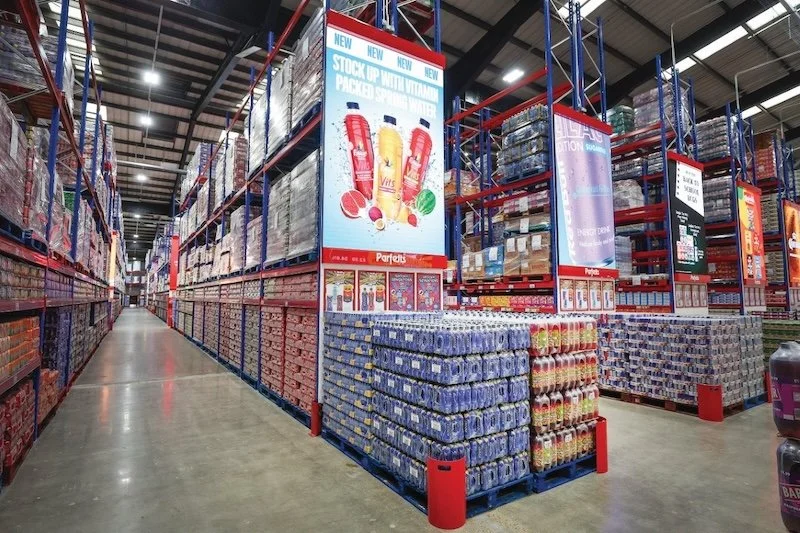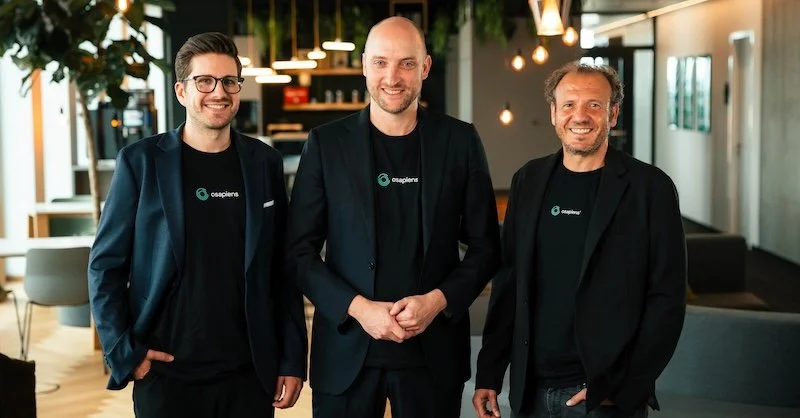Retail Technology Show 2024: adidas talks loss prevention measures vs rising tide of theft
The rising tide of retail crime due to cost-of-living pressures and criminal gangs stealing to order was discussed by Corin Dennison, Director of Global Profit Protection and Risk, adidas, at Retail Technology Show (RTS) 2024 in London last week, alongside potential loss prevention measures.
“What is a tolerable inventory shrinkage rate?” asked Dennison in the Theatre B conference stream on 25th April, referring to the retail trade’s name for breakages and internal/external theft.
“Is it a 1% or 5% shrink? The answer really depends on the appetite at each individual firm.”
“We’re retailers that just want to sell stuff easily without friction, and with good customer experiences (CX). Each company must decide on how best to balance this with the security and loss prevention need.”
You don’t want to turn your shop into Fort Knox or too closely video customers against in-store face recognition software to such an extent that it damages CX, and ultimately sales.
Self-checkout may also make enforcement harder.

In the online arena, returns policies are targeted by fraud forums sharing information about how to get round chatbots and agents, amplifying losses from more traditional card and scam threats.
Do you really want the cost of reporting crime and going to court every time, and how should staff react physically in-store when trying to stop theft? Will the police come to assist colleagues? These questions were all discussed in London during Dennison’s presentation and a lively Q&A session at the end.
“Some, like Lululemon, will dismiss anyone who puts hands on an offender in-store as they don’t want the risk of reputational damage,” said Dennison [and are willing to tolerate some shrinkage – Ed.]. He addressed the issue from three perspectives:
Scale of the problem: “We’re in the eye of the storm,” said Dennison.
“I’ve seen British Retail Consortium (BRC) figures quoting anything from £1.8 billion up to £3 billion plus in losses, in the UK alone. But retailers themselves have speculated it’s as high as £7.9 billion, which wouldn’t surprise me, taking into account unreported instances of crime.”
Technology: in terms of causing new threat vectors, tech such as AIcenabled fraud and fighting it with artificial intelligence, “has a key role to play,” said Dennison.
He went on to share a story of one retail colleague who stopped using discount codes after losing £3 million because AI was correctly predicting what the next one would be after examining the pattern, enabling criminals to pile in.
RFID as a security solution is gaining traction, according to Dennison, as “it gives good data in order to make informed decisions about whether to place a valuable good in a box, or place a guard next to it, and so on.”
Workplace safety: People and processes also need to be considered. “For instance, body cams don’t stop criminals punching in-store staff in the face,” said Dennison.
“It just records it. What are you going to do about it?” The UK’s retail crime action plan unveiled last year will make assaulting a retail worker a new criminal offence to try and offer some protection.
On the AI front there is also the EU’s new regulation launched last year. The EU AI Act brings forward a number of consumer protections, mainly around data protection and so on, which may cause some retailers to “pause their adoption of the technology in fear of a revenue percentage fine,” speculated Dennison, “just like what happened when the GDPR regulations came in”.
It will take time for retailers and indeed all sectors to digest this new AI Act and similar ones mooted in the UK and elsewhere.
“I really cannot predict the future in terms of new threat vectors,” concluded Dennison. “But bad actors won’t disappear. Loss prevention leaders just need to decide how you want to ‘do retail’ and what is your tolerable risk/loss appetite.”
All else will flow from that decision in terms of how you approach the issue.






























Continue reading…